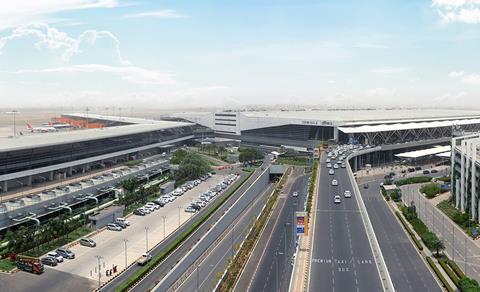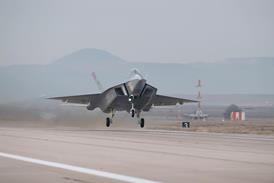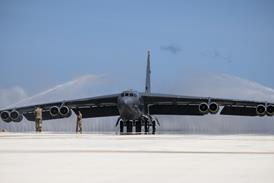India’s civil aviation ministry has turned up numerous shortfalls in standards during a comprehensive safety assessment of the country’s aviation system.
The ministry says teams carried out surveillance at major airports – Delhi and Mumbai included – to examine flight operations, airworthiness, ramp safety, air traffic control and other aspects.
“Ground activities and aircraft movements were closely monitored to check the compliance of regulatory requirements and to identify weak areas for improvement,” it states.

The ministry says “multiple” occurrences of reported defects re-appearing on aircraft indicate “ineffective monitoring and inadequate rectification”.
It found instances of defects detected by aircraft systems not being recorded in technical logbooks, as well as lapses in safety precautions and work procedures – such as failure to lock an unserviceable thrust-reverser.
“A simulator was checked and found not matching with the aircraft configuration,” the ministry adds. “The software was [also not] updated to the current version.”
Safety assessment teams observed faded runway markings, problems with taxiway lighting, and outdated survey and obstruction data, as well as technical shortcomings with ground-handling equipment and ramp vehicles.
“All the findings observed during the surveillance have been communicated to the concerned operators for taking necessary corrective actions within seven days,” says the ministry.
India’s regulators embarked on the assessment in the aftermath of the Air India Boeing 787 accident at Ahmedabad on 12 June. The ministry previously vowed to undertake an examination of the country’s airports after the collapse of a terminal roof structure at Delhi a year ago.


























